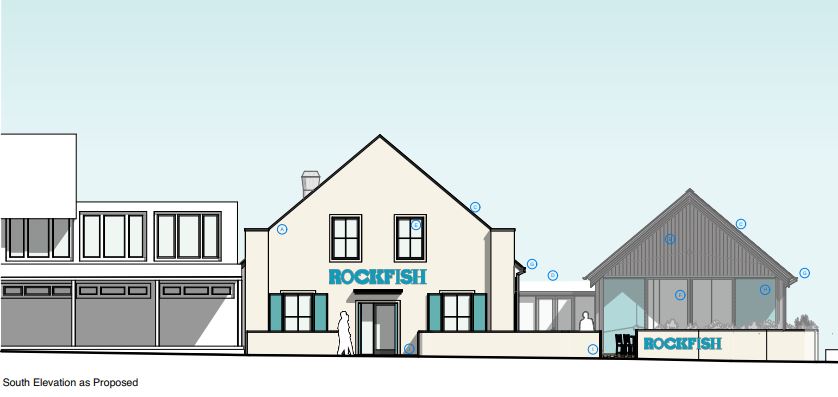Are the latest plans for the former Drill Hall a good example of ‘adaptive reuse’ of an old building?
.
BBC Four showed us an excellent documentary a couple of years back – about the activist Jane Jacobs who in the 1960s fought to save the New York neighbourhoods from demolition. She recognised the importance of protecting and maintaining the streets and public spaces to the “social capital” and cohesion of the city.
She is still very much a touchstone for how we could be working with our townscapes, as we look to creating neighbourhoods, especially the 20-minute neighbourhood. And as we look to more sustainable urban living. “New ideas must use old buildings,” said Jane Jacobs in her seminal book The Death and Life of Great American Cities, championing the reuse of existing building stock as a means to catalyze positive change and foster diverse urban environments.
Today’s Arch Daily looks at the idea of “Adaptive Reuse” as a strategy for sustainable urban development and regeneration:
Inserting new activities within an existing framework is increasingly becoming a defining aspect of contemporary architecture, as the need for sustainable alternatives to building anew turns more urgent. From an urban perspective, adaptive reuse is a valuable strategy for revitalizing post-industrial cities, creating density and mitigating urban sprawl, or helping shrinking cities redefine their urban fabric…
At some point in recent history, the idea of architectural expendability has become acceptable, leading to an influx of one-generation structures. With the average lifespan of buildings in the developed world declining to 70 years, even going down to 30 years in places like Japan, there is an inherent expectation for obsolescence that needs to be called into question for environmental reasons…
In an interview, Winy Maas argued the necessity of adaptive reuse by saying “For many ecological reasons — land and energy use, available infrastructure — it is better to have more intense environments than to continue the sprawl of suburbia. If you want to intensify existing cities, you have to deal with the existing built [environment].” The building stock is a resource for growth, and with the introduction of new elements, underused sites can become a point of social intensity.
In other words, it doesn’t make sense to bulldoze Hartlepool’s historic Odeon cinema as part of Teesside’s ‘regeneration plan”; and with huge amounts of money sloshing around in such projects, it perhaps comes as no surprise that there is “trouble in Teesside” with a divisive property deal and Minister Gove having to order an inquiry into Teesside revelations.
Meanwhile in Sidmouth, the adaptive reuse of the Drill Hall as a fish restaurant is generally seen as a positive part of the regeneration of the Eastern Town, although there are concerns about the exact nature of the development – with the plans having just been updated, which involves the demolition of a hundred-year old building.

Are the latest plans for the former Drill Hall a good example of ‘adaptive reuse’ of an old building? 23/1657/FUL | Conversion of hall to restaurant and bar (Use class E and sui generis, previously A3/A4), demolition of rear elevation and public toilet block and replacement with restaurant/ bar extension and a new public toilet block, external terrace to form seating area and addition of new flue. | Sidmouth Drill Hall The Esplanade Sidmouth EX10 8BE
…